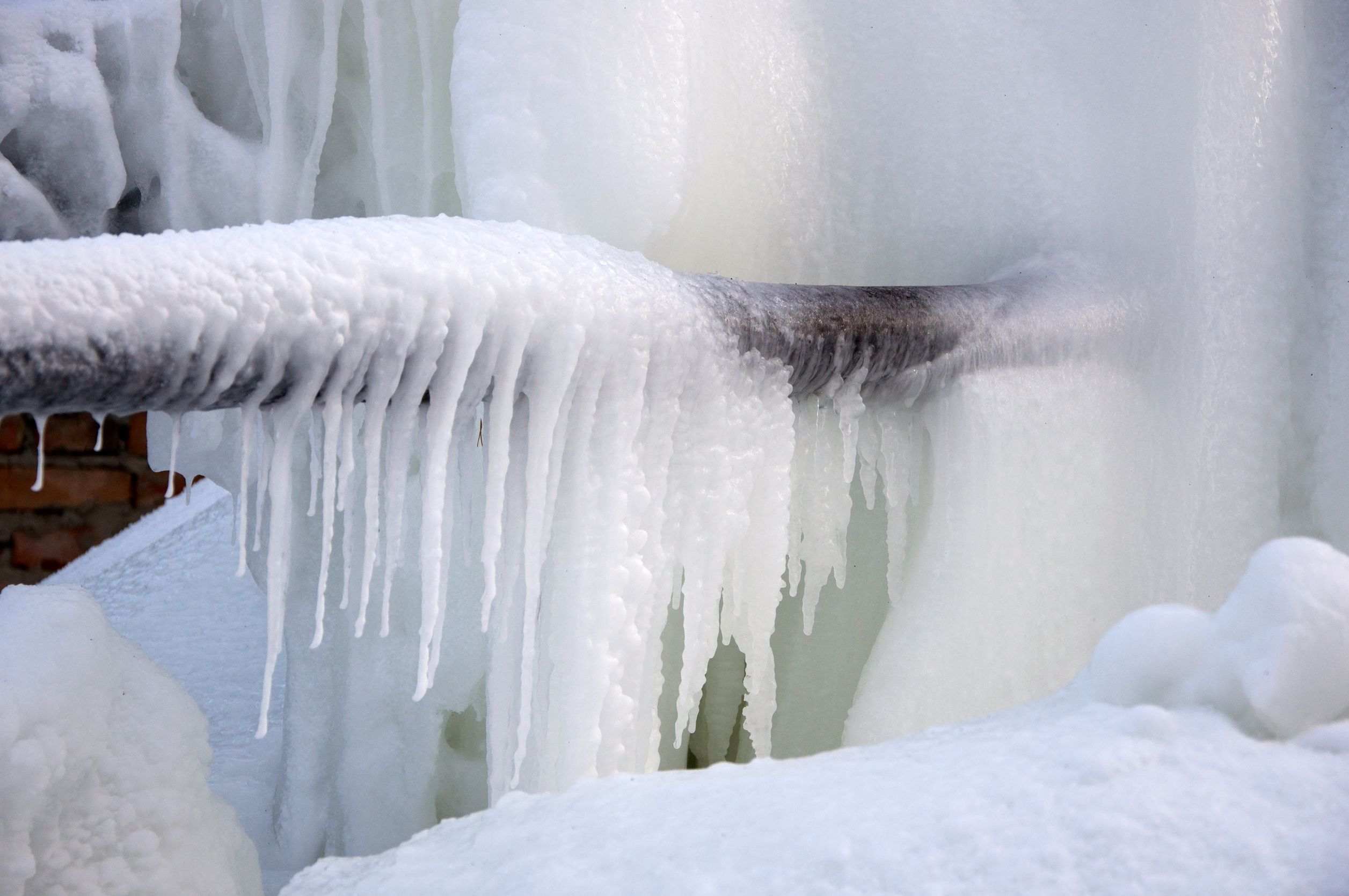Avoiding Frozen Plumbing in Winter: Key Advice
Avoiding Frozen Plumbing in Winter: Key Advice
Blog Article
Right here underneath you will find more incredibly good advice relating to How To Avoid Freezing Pipes.

Cold weather can damage your plumbing, specifically by freezing pipes. Right here's just how to prevent it from occurring and what to do if it does.
Intro
As temperature levels drop, the risk of frozen pipes increases, possibly bring about pricey repairs and water damage. Understanding just how to prevent frozen pipes is critical for property owners in cool environments.
Prevention Tips
Insulating at risk pipelines
Cover pipes in insulation sleeves or use warmth tape to protect them from freezing temperatures. Concentrate on pipes in unheated or external areas of the home.
Home heating techniques
Maintain indoor areas effectively heated up, particularly areas with plumbing. Open up cabinet doors to permit cozy air to circulate around pipelines under sinks.
How to determine icy pipelines
Seek decreased water flow from taps, unusual smells or noises from pipes, and visible frost on exposed pipes.
Long-Term Solutions
Architectural changes
Take into consideration rerouting pipelines away from exterior walls or unheated locations. Include extra insulation to attics, basements, and crawl spaces.
Updating insulation
Invest in high-quality insulation for pipes, attics, and walls. Proper insulation helps keep regular temperature levels and minimizes the risk of icy pipelines.
Securing Outdoor Plumbing
Yard hoses and outside taps
Separate and drain garden tubes before winter season. Mount frost-proof spigots or cover exterior faucets with insulated caps.
Recognizing Frozen Pipes
What causes pipelines to freeze?
Pipelines ice up when subjected to temperatures listed below 32 ° F (0 ° C) for expanded periods. As water inside the pipelines freezes, it increases, taxing the pipe wall surfaces and potentially creating them to break.
Threats and damages
Frozen pipes can bring about water disturbances, residential property damages, and pricey fixings. Burst pipelines can flood homes and cause substantial structural damage.
Indications of Frozen Piping
Determining icy pipelines early can prevent them from rupturing.
What to Do If Your Pipes Freeze
Immediate actions to take
If you presume icy pipelines, maintain faucets open to eliminate pressure as the ice thaws. Utilize a hairdryer or towels soaked in hot water to thaw pipelines gradually.
Conclusion
Avoiding frozen pipes requires proactive steps and fast feedbacks. By understanding the reasons, indications, and preventive measures, homeowners can shield their pipes during cold weather.
6 Proven Ways to Prevent Frozen Pipes and Protect Your Home
Disconnect and Drain Garden Hoses
Before winter arrives, start by disconnecting your garden hoses and draining any remaining water. Close the shut-off valves that supply outdoor hose bibs and leave the outdoor faucet open to allow any residual water to drain. For extra protection, consider using faucet covers throughout the colder months. It’s also important to drain water from any sprinkler supply lines following the manufacturer’s directions.
Insulate Exposed Pipes
Insulating your pipes is an effective way to prevent freezing. Pipe insulation is readily available at home improvement stores and is relatively inexpensive. Pay close attention to pipes in unheated areas such as the attic, basement, crawl spaces, or garage. Apply foam insulation generously to create a buffer against the cold. You can also wrap your pipes in heat tape or thermostat-controlled heat cables for added warmth.
Seal Air Leaks
Inspect your home for any cracks or openings that could let in cold air. Seal any holes around the piping in interior or exterior walls, as well as the sill plates where your home rests on its foundation. Additionally, make sure to keep your garage door closed unless you’re entering or exiting. Leaving it open creates a significant air leak that can lead to frozen pipes.
Allow Warm Air Circulation
During cold snaps, it’s essential to allow warm air to circulate evenly throughout your home. Leave interior doors ajar to promote better airflow. Open kitchen and bathroom cabinets to help distribute heat consistently around the rooms. If you have small children or pets, be sure to remove any household chemicals or potentially harmful cleaners from open cabinets for safety.
Let Faucets Drip
A small trickle of water can make a big difference in preventing ice formation inside your pipes. When temperatures drop significantly, start a drip of water from all faucets served by exposed pipes. This continuous flow helps prevent the water from freezing. Additionally, running a few faucets slightly can relieve pressure inside the pipes, reducing the chances of a rupture if the water inside does freeze.
https://choateshvac.com/6-proven-ways-to-prevent-frozen-pipes-and-protect-your-home/

As an avid person who reads about Helpful Tips to Prevent Frozen Pipes this Winter, I was thinking sharing that portion was a smart idea. If you please pause to distribute this entry if you enjoyed it. Thanks for your time. Come back soon.
Check It Out Report this page